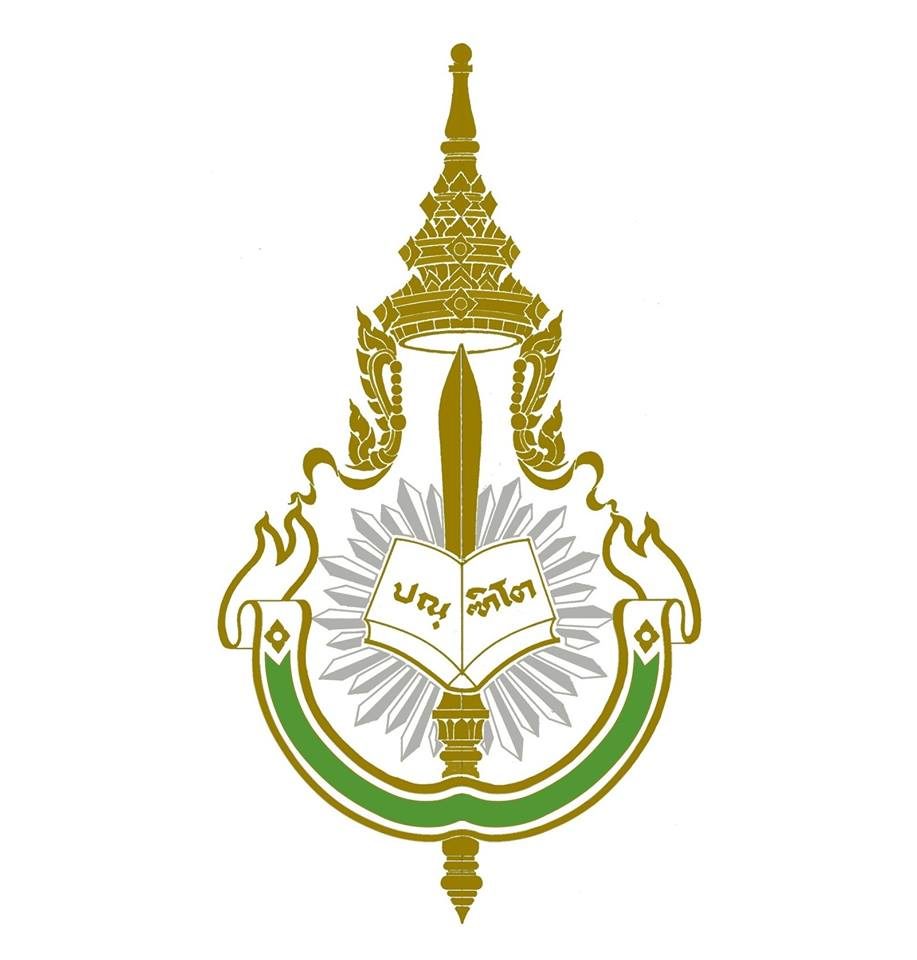Kuakoon Piyachomkwan
and Morakot Tanticharoen
National Science and Technology Development Agency (NSTDA)
Abstract
In Thailand, cassava (Manihot esculenta Crantz) is considered one of the most important economic crops with annual production of around 25 million tons. The production of cassava has steadily increased, mainly through an increase in root productivity (from 15.63 tons/ha in 2001 to 22.93 in 2007). Cassava is grown not only as a subsistence crop by small farmers, but also as an agro-industrial crop with a well-developed industry and market. The starch-rich roots of cassava have been used as a raw material for producing a lot of high value-added products including starch, modified starch, sweeteners and derivatives for food and non-food applications. More recently, since Thailand is a net energy importer, cassava has been developed as an energy crop, producing bioethanol as an alternative fuel. To sustain both food and fuel demand, an increase of root productivity by applying good agricultural practices and varietal improvement has been intensively conducted in Thailand. In addition, the country needs to further develop starch production and products. A zero-discharge process will help minimize resource consumption and wastes. Meanwhile, higher value cassava products will be driven by an increasing need for health and biomaterial products.
Keywords: Manihot esculenta, productivity, starch, bioethanol, food additives, renewable energy, zero-discharge, tapioca, biomaterials
